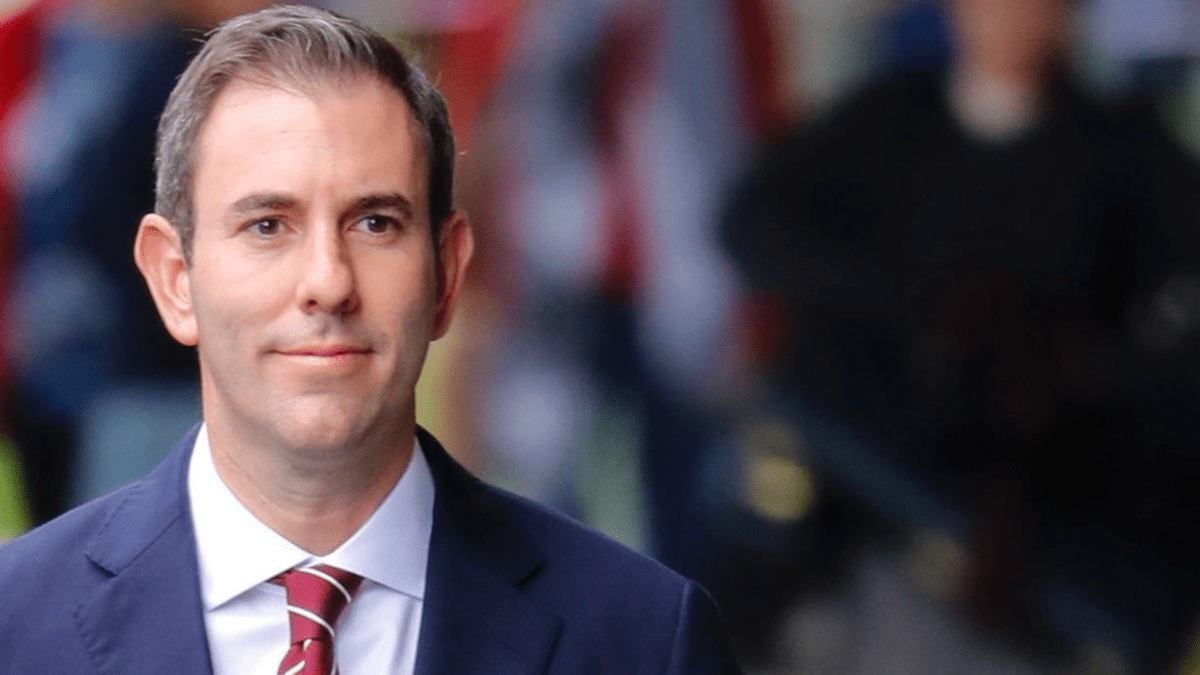What does the Square-Afterpay deal mean for banking?
What happens when you take old-fashioned Lay-by, add a touch of instant gratification (FOMO) with a promise of free credit with no checks? Answer you have Buy Now Pay Later (BNPL) the magic pudding financial product challenging banks “hole in wallet” consumer strategies as a key plank for bank’s shareholder returns.
BNPL is a relatively low-tech product, but it is driving disruption of banking relationships and banking models worldwide unlike the media’s focus on Crypto.
The innovators in BNPL were the Swedish company Klarna that started in 2005. Today it has a valuation of US$46b up from US$11b in September 2020, 90 million customers and aspirations to be a bank in the UK/EU.
“Me too” products piled into BNPL from Afterpay and Zip in Australia to Paypal and Affirm in the USA. The barriers to entry are very low. It is basically a marketing exercise and a land grab, sign merchants, sign customers and promote. Today we have 500+ BNPL players worldwide at last count.
BNPL is very reminiscent of the Uber rideshare explosion where profitability was secondary to number of downloads and trips. It is just that the sector and players being disrupted are more important and stronger but the pitfalls for the incumbents who ignore the signals could pose serious existential risks for financial systems.
Depending on the market the position of the major players varies. In EU/UK Klarna dominates, in the USA PayPal dominates with 40% of the market supported with a suite of financial products for merchants and consumers. In Australia Afterpay with a first mover advantage has been come synonymous with the sector.
As with Uber, BNPL promises low friction, low costs, and no waiting to consumers. To merchants they promise more sales, more customers, but at lower margins. Human nature does the rest.
So why is this disruption important to the major banks? CBA and Westpac have positions in a BNPL player (CBA Klarna and Westpac Zip) and all provide lines of credit to BNPL players in Australia so shouldn’t they be insulated?
BNPL has built a direct channel to consumers and merchants insinuating themselves into a field previously the preserve of Banks and their membership of Visa and MasterCard. The danger banks face is that BNPL can now leverage this relationship and their data base to offer additional financial products to these same consumers and merchants, the PayPal and Klarna model.
What are the challenges that BNPL and Banks face?
- For the BNPL players the challenge will come from regulators. It is only a matter of time before merchant fees are regulated and “responsible lending” requirements are imposed to prevent systemic risk. Klarna recognise this and credit reporting agencies like Experian have flagged the problem, so regulators are listening.
- BNPL consumers and merchants have no brand loyalty. You find the same premium merchants across all the major BNPL players especially in the USA and Australia. This will ultimately lead to a shakeout in BNPL.
- Banks will offer BNPL products cannibalising their credit offering to try and regain consumers and merchants. With bigger marketing budgets and healthier balance sheets they do have the capacity to fight back. Taxi companies belatedly moved to emulate Uber, but the barbarian was well and truly inside the gates. The same processes will play out with Banks
But the biggest threat to Banks is Big Tech disruption
Banks face the growing presence of the major tech companies in payments. Apple, Google, Facebook, and Amazon have huge customer bases, developed payment platforms, and better data analytics. But more importantly this will move payments away from Banks with payment on glass/phones and proximity as the focus. No POS terminal and No Bank. Walk into a store pick up items and walk out zero friction. As recent USA research reveals 80% of millennials want this and even 53% of boomers want it and they want it today. 5G networks, Internet of Things technology, and AI all form part of that future and this is the preserve of tech companies not banks. Frankly Telstra should be playing in this space as Verizon and T-Mobile are in the USA not retailing electricity to consumers as they want to in Australia.
Add Consumer Data Rights “Open Banking” initiatives to the mix of Apple/Google etc and what will play out won’t be neo banks as people once envisaged but instead a big tech makeover of banking relationships.
Google/Apple/Facebook and Amazon can be banks very quickly with a slew of financial products for consumers and different ways of transacting. They have the balance sheets and the skills to remake consumer banking as we know it.
This potential of Big Tech role in banking reform is real. Look at:
- Matt Comyn’s testimony to the Senate about Apple and its control of the NFC interface with its wallet and Apple’s temerity to require the bank to pay for access to see he knows it is real. Wallet payments are exploding in Australia. In the USA ApplePay accounts for 92% of all wallet payments.
- Apple’s launch of its Credit Cand in the USA with cash back offers on purchases via ApplePay for consumers, then its announcement it was moving into BNPL followed shortly after with a partnership with Affirm to launch BNPL in Canada.
- Square’s acquisition of Afterpay. Square operated payments for coffee shops and market stalls. But Dorsey’s vision is to reposition it as a payment platform with mainstream merchants and move their payments onto a smartphone and away from Banks and EFTPOS. Afterpay’s contribution was its mainstream merchant portfolio and Dorsey delivered the founders with an escape of the wise moment so everyone’s a winner.
Consumer Banking as we know it will change and BNPL is just the start
Payments have been a gravy train of fees and central to a bank’s “whole of wallet” strategies for many years. Fees from Merchants and consumers, disproportionate to the cost of services delivered, have been a key component to profits particularly as the margins on lending have shrunk.
Banks assume that this gravy train is protected by regulators, Visa/MasterCard rules, and consumer inertia/loyalty but BNPL reshaped overnight that with the promise of instant interest free facilities and no credit checks.
If Big Tech decides to move, they have the potential to unlock the banking inertia that has stymied change for so long. BNPL maybe the first of just many disruption points to emerge to reshape banking. For bank investors fed on a diet of fully franked dividends you need to watch for developments from Big Tech particularly in payments and consumer banking.
Next time we shall take a deep dive into understanding BNPL market and its 500+ players.









